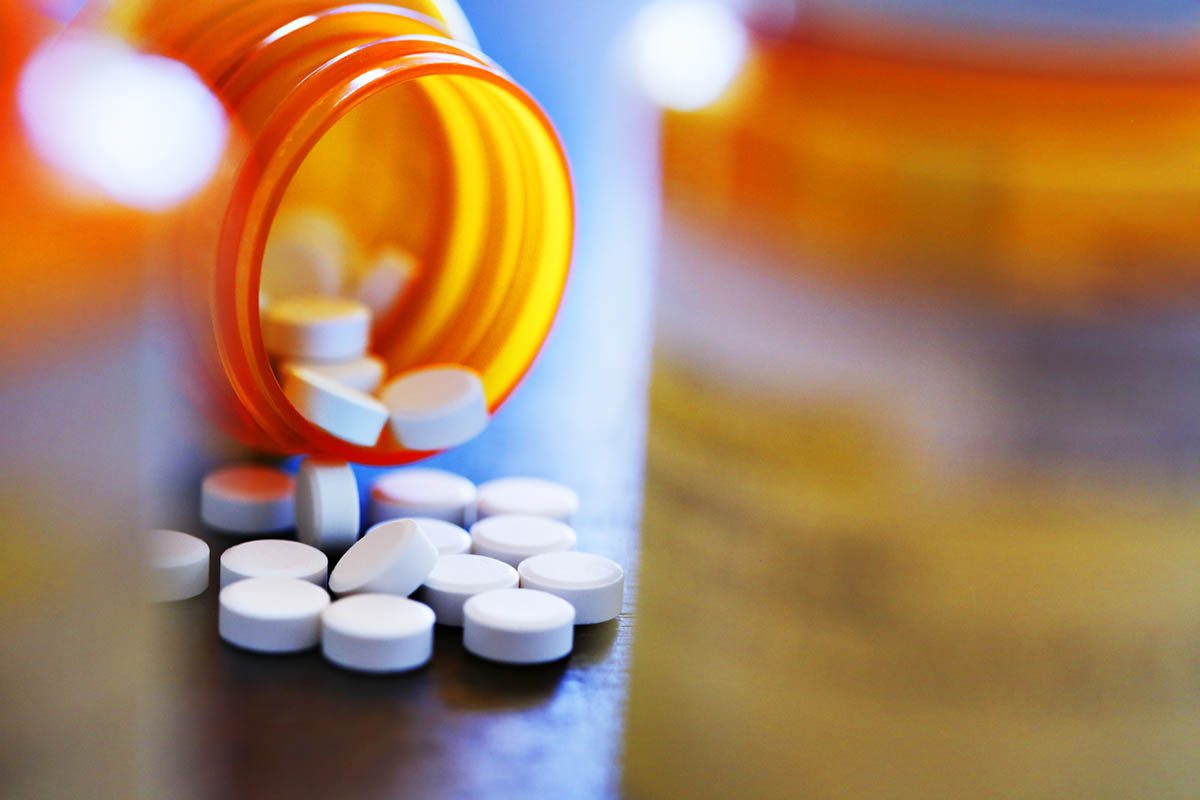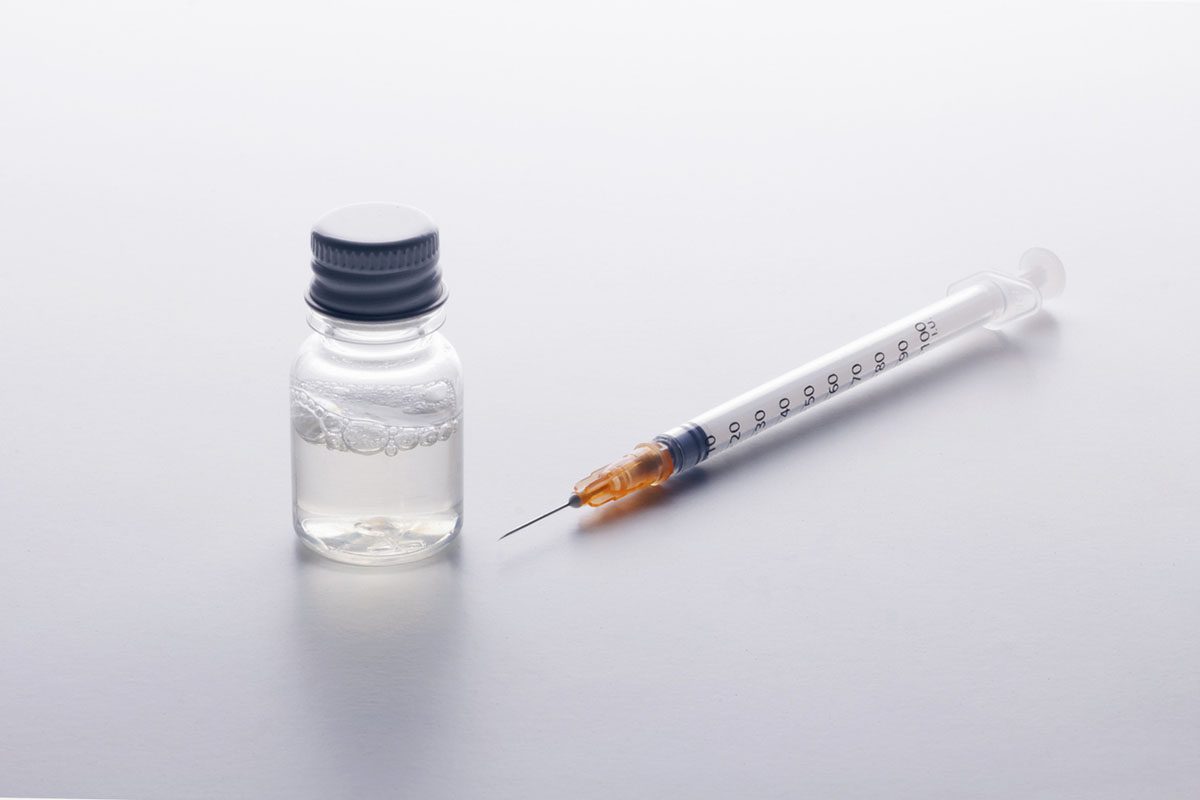See original letter by Penders.
Dr Joksovic and Colleagues Reply
To the Editor: Delirium occurring during substance intoxication usually arises within minutes to hours after consumption of relatively high doses of certain drugs and generally resolves as the intoxication ends within a few hours to days. "Bath salts"-induced psychosis and delirium have been described in the literature; however, as with many other substances, the etiology remains somewhat elusive. This ambiguity is related to the fact that multiple products contain multiple cathinone derivatives that have different pharmacologic properties and target multiple receptors in the brain, primarily dopamine, norepinephrine, and serotonin, further complicating the clinical presentation and pathophysiology.
Several lethal outcomes of bath salts intoxication led the US Drug Enforcement Administration to impose an emergent ban in 2011 on manufacturing products with mephedrone, methylenedioxypyrovalerone (MDPV), and methionine,1 which remain the most prevalent compounds sold in the United States despite the ban. The reported bath salts-induced delirium, with predominating symptoms of altered mental status, hallucinations, and combative behavior, included the significant presence of neurovegetative symptoms.2 While dysregulation of catecholamines and serotonin can be responsible for the frequently described symptoms of excessive sweating, hyperthermia, blood pressure abnormalities, and other metabolic disturbances, myoclonus and hyperreflexia are strongly considered to be hallmarks of serotonin toxicity in clinical practice.3
Although in the majority of cases in the United States MDPV was described as a prevalent compound, Spiller et al2 showed the significant presence of mephedrone and methylone as well in their analysis of multiple available products; both compounds have a strong influence on serotonin concentration in the brain.4,5 In addition, in described cases of bath salts intoxication, myoclonus, which is strongly related to serotonin toxicity,6,7 was present in up to 20% of patients.2 While we agree that the reported presentations may not be typical, a number of factors contribute to this: (1) multiple compounds are present in the variety of products still available, (2) these compounds have varying pharmacologic properties, and thus (3) they affect multiple neurotransmitters.
It is important to understand the pathophysiology related to the most prevalent substances and their effects on the serotonergic system in order to implement better clinical strategies for this potentially lethal toxidrome. Further research is required to investigate the pharmacologic properties of the multiple chemical compounds still present in available products.
References
1. Schedules of controlled substances: temporary placement of three synthetic cathinones into Schedule I. Fed Regist. 2011;76(204):65371-65375. To be codified at 21 CFR §300. http://www.gpo.gov/fdsys/pkg/FR-2011-10-21/html/2011-27282.htm.
2. Spiller HA, Ryan ML, Weston RG, et al. Clinical experience with and analytical confirmation of "bath salts" and "legal highs" (synthetic cathinones) in the United States. Clin Toxicol (Phila). 2011;49(6):499-505. PubMed doi:10.3109/15563650.2011.590812
3. Dunkley EJ, Isbister GK, Sibbritt D, et al. The Hunter Serotonin Toxicity Criteria: simple and accurate diagnostic decision rules for serotonin toxicity. QJM. 2003;96(9):635-642. PubMed doi:10.1093/qjmed/hcg109
4. Nagai F, Nonaka R, Satoh Hisashi Kamimura K. The effects of non-medically used psychoactive drugs on monoamine neurotransmission in rat brain. Eur J Pharmacol. 2007;559(2-3):132-137. PubMed doi:10.1016/j.ejphar.2006.11.075
5. Kehr J, Ichinose F, Yoshitake S, et al. Mephedrone, compared with MDMA (ecstasy) and amphetamine, rapidly increases both dopamine and 5-HT levels in nucleus accumbens of awake rats. Br J Pharmacol. 2011;164(8):1949-1958. PubMed doi:10.1111/j.1476-5381.2011.01499.x
6. Joksovic P, Mellos N, van Wattum PJ, et al. "Bath salts"-induced psychosis and serotonin toxicity. J Clin Psychiatry. 2012;73(8):1125. PubMed doi:10.4088/JCP.12cr07819
7. Garrett G, Sweeney M. The serotonin syndrome as a result of mephedrone toxicity. BMJ Case Reports. September 21, 2010. doi:10.1136/bcr.04.2010.2925
Author affiliations: Department of Psychiatry (all authors) and Yale Child Study Center (Dr van Wattum), School of Medicine, Yale University, New Haven, Connecticut.
Potential conflicts of interest: None reported.
Funding/support: None reported.
J Clin Psychiatry 2013;74(5):518-519 (doi:10.4088/JCP.12lr08288a).
© Copyright 2013 Physicians Postgraduate Press, Inc.




